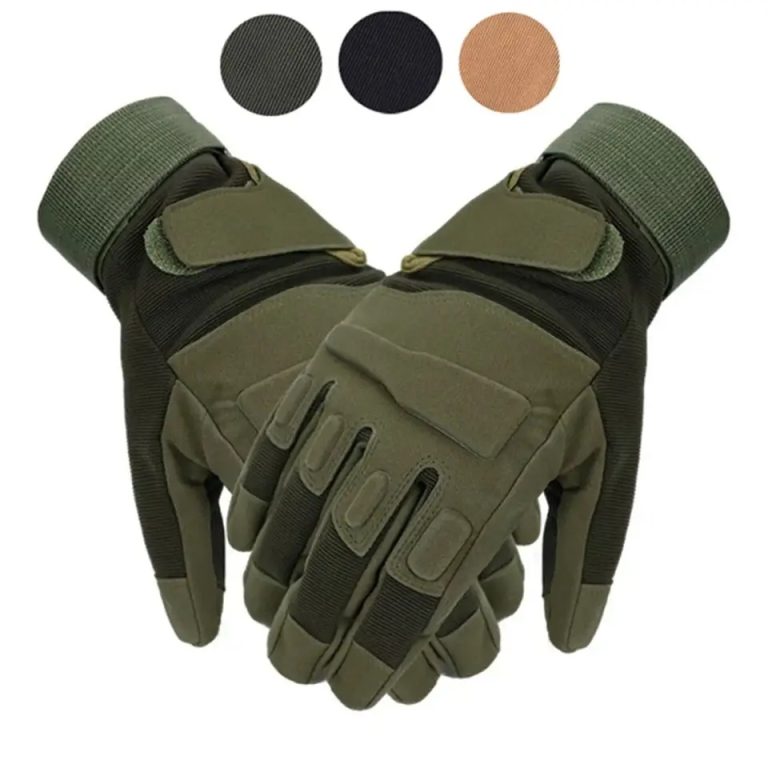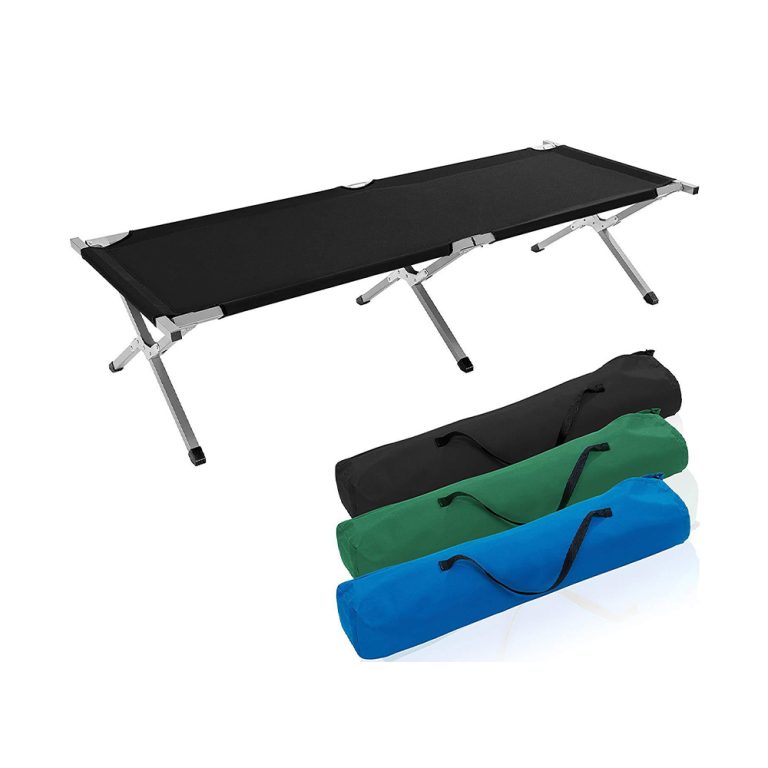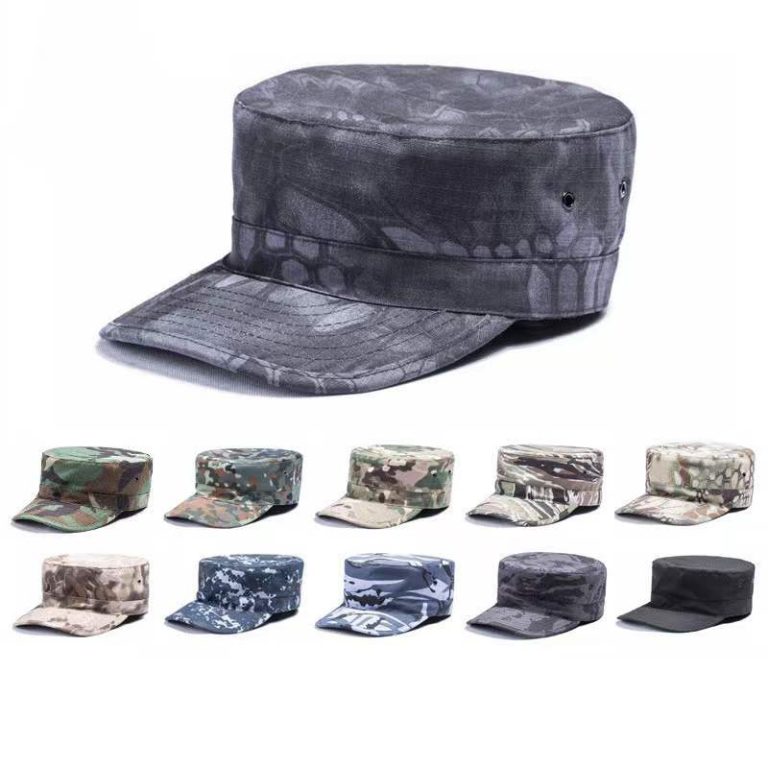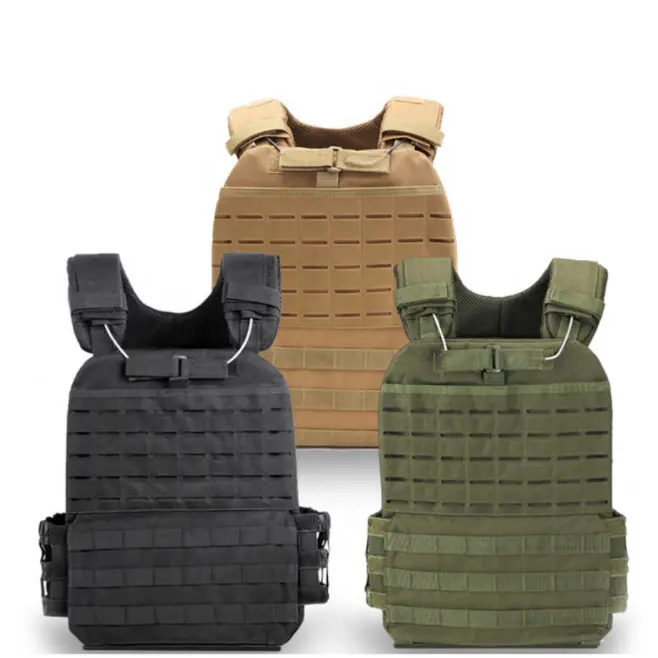
Overview of Tactical Vests and Plate Carriers
What Defines a Tactical Vest
A tactical vest is really more about carrying your stuff than protecting you. It’s a piece of kit that’s been adopted by all sorts of people. Military personnel, cops, security guys, and folks who love the outdoors. What makes it so useful is all the compartments and pockets it’s got. You’ve also got MOLLE webbing, which lets you customization your loadout with things like mags, a radio, or a first aid kit. This makes it a must-have for anyone who needs to haul a lot of gear.
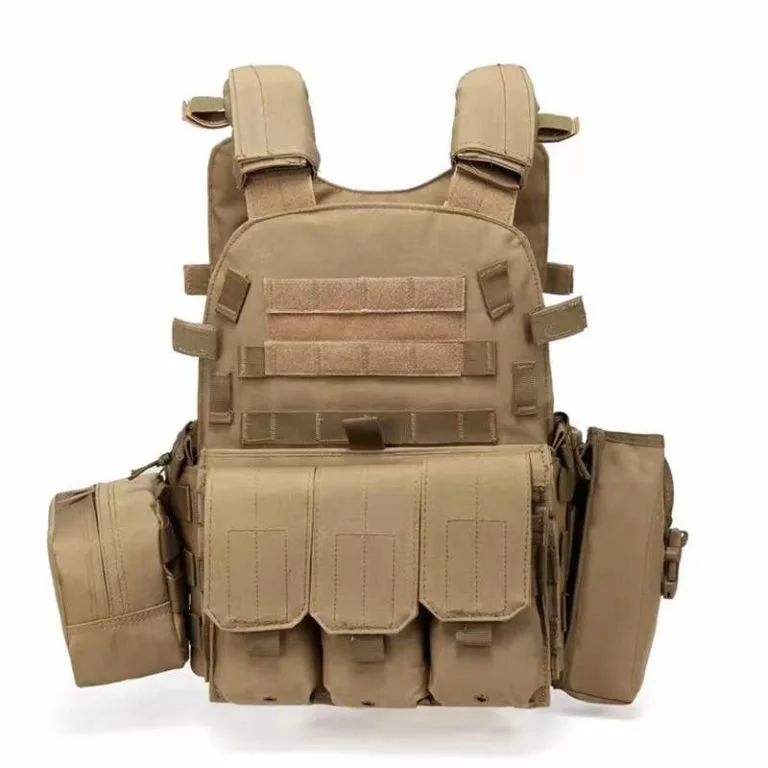
Key Characteristics of Plate Carriers
Plate carriers are built for one reason; to provide protection against bullets and other threats. They do this by holding armor plates in place in the front, back, and sometimes on the sides. What sets them apart from vests, which are all about carrying lots of gear and being able to grab it quickly, is their focus on keeping you safe in really dangerous situations. They’re not as concerned with having lots of pockets and pouches. Rather, with making sure the armor plates stay where they need to be to give you the best protection possible.
Common Uses and Applications
In situations where moving freely and having access to gear is crucial, tactical vests are often the go-to choice. This is usually the case in training exercises, airsoft games, or when patrolling areas that are considered risk. On the other hand, plate carriers are the preferred option in much more dangerous situations, like combat zones or high stakes law enforcement operations where theres a real threat of ballistic attacks.
Design and Construction Differences
Materials and Build Quality Comparison
Tactical vests and plate carriers are built to last, made from materials like 800D or 1000D polyester or nylon that can handle a lot of use. The reason plate carriers are often put together stoutly than tactical vests is that they have to carry the weight of armored plates, which demands a bit more substance in their construction.
Weight Distribution and Comfort
Tactical vests and plate carriers aren’t the same when it comes to weight. Vests are way lighter ‘cause they don’t have those chunky plates. That makes ‘em easier to wear for a long time and keeps you from sweating buckets. Plate carriers, on the other hand, can weigh a ton depending on the plates you pick. But they usually come with shoulder straps and cummerbunds that spread the load, so it’s not as rough on you.
Modularity and Customization Options
Both of ‘em play nice with MOLLE webbing, so you can hook up whatever gear you want. The main difference? Tactical vests come with a bunch of pouches already sewn on, while plate carriers are more like a blank slate for you to build up however you like. They give you a foundation that you can then customize with extra gear depending on what your mission requires.
Protection Capabilities
Protective Features of a Tactical Vest
A tactical vest on its own doesn’t necessarily offer protection from gunfire or explosions. It’s really just designed to help you carry your gear. To actually get some level of protection, you need soft armor inserts. The main purpose of a vest is to distribute the weight of all your equipment, not to defend against bullets or flying debris.
Plate Carrier Armor Integration
Hard Armor vs Soft Armor Compatibility
Plate carriers are pretty versatile. They can handle both plates, like ceramic or steel, for dealing with rifle fire and soft armor panels for protection against handguns. This flexibility means they can be tailored to fit the needs of a given operation, making them a practical choice in different situations.
Coverage Areas and Threat Levels
The typical plate carrier is designed to safeguard areas, such as the front of the chest and the spinal area in the back. Some models also offer protection for the sides. That usually requires the addition of extra plates. The degree of defense it provides is directly tied to the kind of armor used. It can range from a level of protection to more heavy-duty ones, generally ranked from NIJ Level IIIA up to IV.
| Feature | Tactical Vest | Plate Carrier |
| Ballistic Protection | Optional (soft armor) | Mandatory (hard/soft plates) |
| Weight | Lightweight | Heavier |
| Coverage | Minimal | Vital organs (front/back/sides) |
| Use Case | Low-risk environments | Combat/high-risk zones |
Load-Bearing Functions and Storage Capacity
Storage Configuration in a Tactical Vest
A tactical vest usually has a bunch of pockets and pouches already sewn on, like places to hold ammo, a radio, and other gear. This means it’s ready to go out of the box, without needing any extra setup.
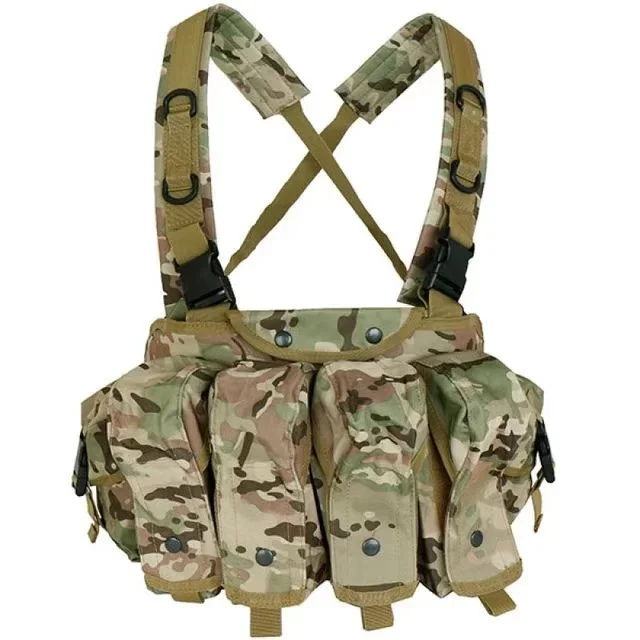
Load Distribution in Plate Carriers
The weight of plates can be a real burden, so plate carriers are designed to spread that load evenly. This way, the heaviness is counteracted, making it easier to move. What’s more, they have a design, which means you can add or remove gear as needed for each specific job, keeping things simple and lightweight by only attaching the essentials.
Situational Suitability and User Considerations
When to Choose a Tactical Vest Over a Plate Carrier
In situations where you need to be agile, like search and rescue operations or training exercises, a tactical vest is a choice. This is because it allows for freedom of movement, and there’s less chance of taking a direct hit from gunfire.
Choosing the Right Gear Based on Mission Requirements
Take a look at your situation. If there’s a chance you’ll be up against gunfire or explosives, a plate carrier with the right kind of armor is probably your best bet. For typical work in the field where you need easy access to your gear and don’t require a lot of heavy-duty protection, a tactical vest is usually the way to go.
About the Company
Jingming is making a mark with its approach to import and export trade. Since it started up in 2019, the company has grown into a factory that sells its products to countries around the world. The company’s factory is cranking out gear all year—stuff like camo uniforms, military boots, tactical backpacks, belts, gloves for rough jobs, and even bulletproof vests. They basically make trading a breeze by being the main hub for their trade services and grabbing supplies from all over. Their stuff gets shipped out to places like Brazil, Chile, Argentina, and even France, proving they can connect with markets anywhere.
Conclusion
The difference between vests and plate carriers is crucial for anyone who needs this kind of gear, from soldiers to outdoor enthusiasts. Knowing what sets them apart helps people choose the equipment for their specific needs. If you’re someone who needs to move or if you need extra protection, this decision can be pretty important. It all comes down to whether mobility or protection’s your top priority.
FAQ
Q: What’s the main difference between a tactical vest and a plate carrier?
A: A tactical vest is mainly for carrying gear with built-in pouches and usually lacks ballistic protection. A plate carrier is designed to hold armor plates and provide bullet resistance.
Q: Can I use both soft armor inserts in a tactical vest?
A: Yes, but only if the vest has compartments for soft armor panels. Otherwise, it will just function as a load-bearing gear without protection.
Q: Are plate carriers too heavy for long missions?
A: Depends on how swole you are and what plates you’re rocking—ceramic’s way lighter than steel. Get one that fits good, and it’ll spread the weight so you’re not dying out there.
Q: Any cheap tactical vests out there that are actually decent?
A: Yes, companies like Guangzhou Jingming Trading Co., Ltd. got you covered with vests that are affordable but still solid. They’re tough and come in all sorts of setups for whatever you’re doing.
Q: What should I get if I want to stay quick but still have some protection?
A: Grab a lightweight plate carrier with soft armor inserts. It lets you move fast, keeps you safe enough, and you can slap on extra gear with the MOLLE stuff.



